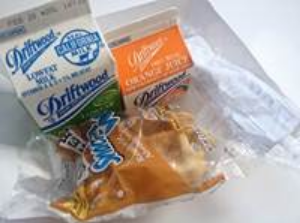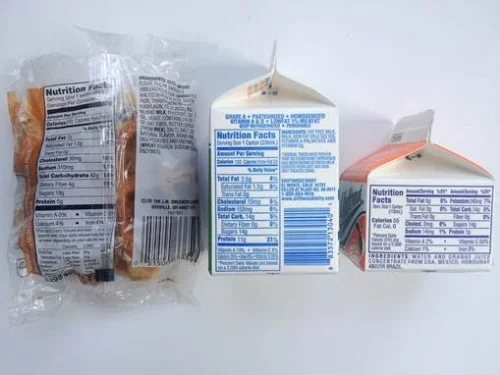Sugar ~ It's What's for Breakfast in LA Schools
/We like to stay on the positive side here at Radical Cooks. But a recent development in the Los Angeles Unified School District (LAUSD) caught my attention. They call it "Breakfast in the Classroom." I call it "Oh My Goodness, What Are You Feeding These Children?"
The Road to Diabetes is Paved with Good Intentions
I'm certain someone somewhere siting in a cubicle, or perhaps a conference room, florescent lights flickering above their heads, had a spark of an idea, "If the kids aren't eating a healthy breakfast at home let's give it to them here in the school!" How sweet, how considerate, how thoughtful of this person to think of the kids and their need for a nutritious start to the day. When I think of a healthy start I think of our local healers and their recent posts to this blog. Or even a quick Google search "healthy breakfast" can give you lots of great ideas, anything from apples and cheese, oatmeal, berry smoothies, etc. So I was surprised to hear what constituted a healthy breakfast by LAUSD standards.
Last week a fellow parent shared photos of her child's breakfast offering here in Mt. Washington Elementary. Kids were served one waffle wrapped in plastic, heated to 160 degrees F, one orange juice, and one milk carton.
Photo credit: Yi-Hsiu Yeh
Photo Credit: Yi-Hsiu Yeh
If a child came to school hungry I would be the first to admit this meal is better than nothing. As a child I've left my house with no breakfast many times. I understand the sounds of stomach growls before recess knowing that lunch is a long way off. It's not fun and having been a hungry kid, I'd gladly partake of what the school might offer me.
But how does this kernel of a great idea, giving kids healthy options for breakfast, turn into a waffle breakfast which delivers a total of 47 grams of sugar, roughly 11 teaspoons? I challenge you to sit down at your kitchen counter and pour out 11 teaspoons of sugar into your coffee or tea. Now drink. I dare you. Tell me how it tastes. Tell me how you feel in fifteen minutes. Next, give the sugar time to pass through your system and in a couple of hours, tell me how you feel again. Tired? Sluggish? Miss that sugar high? Now imagine yourself a public school teacher with a classroom full of 24-30 children experiencing that same roller coaster sugar rush followed by a sugar crash. My head hurts just thinking about it. Next Tuesday I hear they are serving coffee cake. Yum!
The Breakfast in the Classroom website states that it is designed to address the estimated 25 million children in our country who go to school hungry. This is a sad statistic for a developed nation. Equally sad is the Center for Disease Control's (CDC) report that approximately 17% (or 12.5 million) of our nation's children and adolescents aged 2—19 years are obese. The American Heart Association reports that today about one in three American kids and teens is overweight or obese, nearly triple the rate in 1963.
Conscious or Conspicuous Consumption?
Breakfast in the Classroom is front and center. Everyone has access. It looks great to see every child sitting down to eat early in the morning. No school time is lost, they say, as the children can eat while doing worksheets or other busy work. It's good training, really. For who hasn't eaten a salad or sandwich at the desk or in the cubicle while plowing through emails?
The CDC reports that "healthy lifestyle habits, including healthy eating and physical activity, can lower the risk of becoming obese and developing related diseases." It further mandates that schools play a particularly critical role by establishing a safe and supportive environment with policies and practices that support healthy behaviors. Is expecting children to sit down in their seats and eat coffee cake while working on worksheets a healthy lifestyle habit? It seems to fly directly in the face of mindful eating, learning to know when you are full, and being in touch with your food consumption, rather than the worksheet on your right.
Parents can rant and rave that the waffles are too sugar-laden but it's hard to compete with the "starving child" placard that BIC holds high in their defense. The real question is whether BIC can prevent children from coming to school hungry while addressing this nation's epidemic on obesity. Is it too much to ask that dollars and sense be allocated to ensure the breakfasts served are low in fat and sugar as well as nutrient rich? Are we expecting too much of our public school system to consider healthy eating habits too? Come on LAUSD. You can do better. Our kids deserve it.







